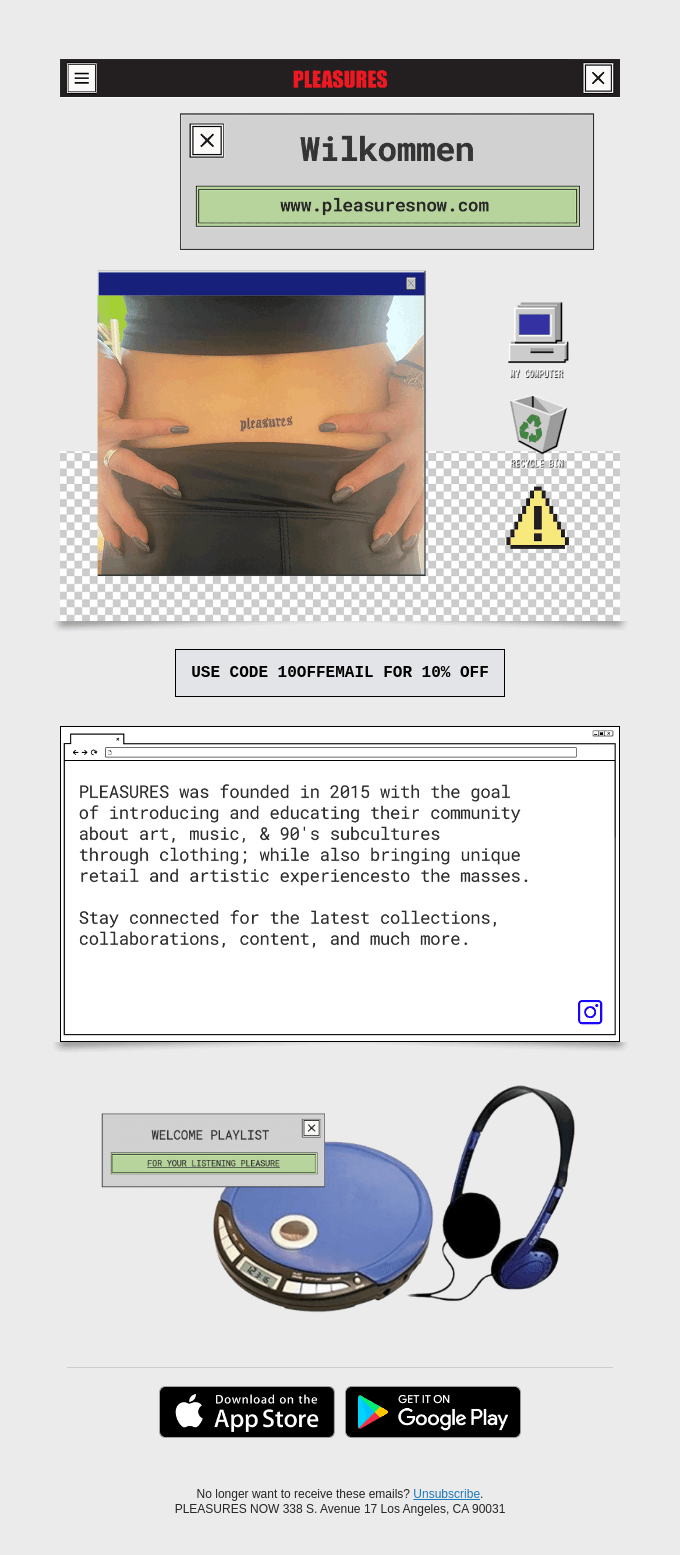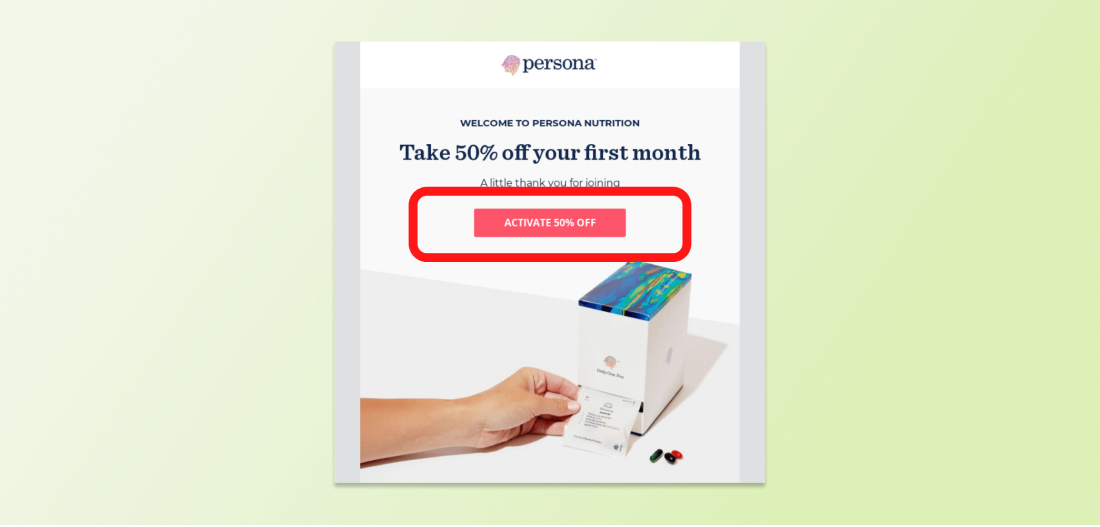Our view at Stack - Shopify has just about everything you need if you're looking to sell online. It excels with unlimited products, user-friendly setup, and 24/7 support. It offers 6,000+ app integrations, abandoned cart recovery, and shipping discounts up to 88%. Plus, it allows selling both online and in-person, scaling as your business grows.

A full-time job is a serious commitment. Full-time employees spend roughly half of their waking hours at work every week. Compensation is important, but it isn’t the only factor job candidates consider. They also want to work in a positive, supportive environment.
Establishing your brand as an employee-friendly workplace can help draw top-quality applicants—a critical component to your company’s success. Here’s how to use employer branding to appeal to job seekers.
What is employer branding?
Employer branding refers to your company’s reputation as a workplace and how it markets itself to prospective employees. It defines how you attract and retain talent, distinguishing it from product branding, which determines how you sell merchandise to the public.
The goal of employer branding is to demonstrate the appeal of working with your business. Companies typically practice employer branding by publicizing their brand values and sharing positive employee experiences. Mission statements, About Us pages, Careers pages, and LinkedIn company pages are all elements of employer branding.
Why is employer branding important?
A business can’t succeed without good employees. Effective employer branding can help your company attract and retain top talent.
Employee retention can have a major impact on your bottom line—replacing an employee can cost between half to twice their annual salary.
Reducing turnover cuts hiring costs and helps your business save money. Creating an appealing workplace also simplifies the hiring process. High-quality candidates are more likely to apply if you have a strong reputation for offering benefits and a positive work environment. This means you can put fewer resources toward recruiting.
How to build a strong employer branding strategy
- Assess your current brand perception
- Develop your employer value proposition
- Create employer branding content
- Tell your story
- Enhance your recruitment efforts
- Evaluate your progress
Attracting the best candidates is the main focus of an employer branding strategy. Here’s how to proactively manage your organization’s reputation and build your brand story:
1. Assess your current brand perception
Conduct an employer brand audit to evaluate your position. Conducting internal employee interviews, monitoring social media channels, and reviewing sites like Glassdoor can help you assess your existing employer brand. Some companies also partner with external firms for deeper insights into their public image.
Then, analyze your findings to understand your strengths and weaknesses as an employer. Concerns or complaints from employees represent areas for improvement; positive comments reveal bright spots you can highlight in your storytelling efforts.
2. Develop your employer value proposition
An employer value proposition (EVP) tells prospective hires what your company can offer, and a well-crafted EVP entices job seekers. An EVP includes your company mission statement, a description of employee perks and benefits, and an explanation of your company culture.
3. Create employer branding content
Employer branding content is any written article or high-quality video asset explaining your employee value proposition. It’s an engaging, easy way to communicate your company story to potential candidates. Feature current employee testimonials that highlight worker satisfaction or include footage from corporate events to demonstrate your company culture. Share this content on social media platforms.
4. Tell your story
Share your employer value proposition with the outside world. Don’t be afraid to brag—the goal is to show off the value of your workplace and attract the best talent. Posting relevant content on your brand’s social media profiles and LinkedIn company page can help you get the word out.
5. Enhance your recruitment efforts
Incorporate brand storytelling into your recruitment process to make roles more appealing to job candidates. Include your brand vision and a description of employee benefits in job descriptions.
6. Evaluate your progress
Monitor your success by keeping track of key metrics like employee retention, hiring time, and cost per hire. Tracking your progress reveals your strategy’s success or necessary adjustments.
Tips for improving employer brand
- Refine your onboarding process
- Address compensation
- Focus on the employee experience
- Create a DEI plan
- Practice transparency
Attracting applicants is just the first step—building and maintaining a positive employer brand is a continuous process. Successful companies consider every aspect of the employee experience to build a constructive work environment. Here are some tips to help you get started:
1. Refine your onboarding process
A smooth onboarding process sets employees up for success, increasing employee engagement and boosting long-term job satisfaction. Well-informed hires feel at home and become productive more quickly.
2. Address compensation
Compensation is a top priority for many workers and job candidates. Review your compensation practices against industry standards; compare your pay structures, benefits, and compensation packages with similar roles and organizations in your industry. Competitive pay helps attract new hires and retain current employees. Consider enhancing your compensation packages with equity-sharing programs, bonuses, or retirement plans.
3. Focus on the employee experience
Introduce new benefits or amenities to enhance the employee experience. In addition to health care, paid vacation, and leave, perks like remote work options, office snacks, and employee discounts may appeal to job seekers.
4. Create a DEI plan
Employee diversity drives profitability. Show your commitment to building an equitable workplace by developing a comprehensive plan for diversity, equity, and inclusion (DEI). A strong DEI plan goes beyond hiring practices—it creates an inclusive environment where every employee feels safe and respected within your company.
5. Practice transparency
Open and honest communication benefits both employers and employees. Accurately describing your vision and policies increases your chances of finding the right talent—candidates who are truly aligned with your vision and corporate culture.
Employer branding examples
The workout apparel brand Gymshark built a Careers web page that highlights its employer value proposition. Here’s how the athletic apparel company shows prospective applicants why they should join its team:
Transparent description of the hiring process
Gymshark’s Careers web page clearly describes its hiring process, telling candidates what to expect and making the job application process seem more manageable.
Employee testimonials
Gymshark created an employer brand video featuring an employee testimonial describing the company as an accepting, exciting workplace. Hearing from a team member offers social proof of Gymshark’s positive work environment and helps build trust with candidates.
Statement of values
The values section articulates Gymshark’s corporate culture. It emphasizes that it recognizes employees as individuals and clarifies that prospective candidates don’t need to love working out to share the company values. The brand also expresses its commitment to building an inclusive workplace and supporting employee well-being.
Description of benefits
The benefits section explains what Gymshark offers employees and supports the company’s stated values. Gymshark backs up its “Put family first” value by highlighting its vacation and flexible work policies. It also emphasizes opportunities for career growth and offers employees discounted products and gift cards.
Employer branding FAQ
What is an example of employer branding?
Bookishly owner Louise Verity implemented a four-day workweek to boost productivity while supporting her team’s personal growth and career progression. As she explains on an episode of Shopify Masters, the transition to a shorter workweek helped her employees feel stronger as a team and find better work-life balance. Improving employer branding was an additional upside to all the other benefits they found as a workplace.
What is the primary purpose of employer branding?
Employer branding focuses on explaining a company’s workplace culture and highlighting its appeal to prospective employees. A strong employer brand helps businesses attract top candidates and retain employees.
How do you get started with employer branding?
Start with a strong understanding of your company. Interview current and former employees and conduct social media searches of your brand name to understand your reputation as an employer. Develop an employer value proposition that highlights the benefits of your workplace and start telling your brand story.
If Shopify is of interest and you'd like more information, please do make contact or take a look in more detail here.
Credit: Original article published here.

























































